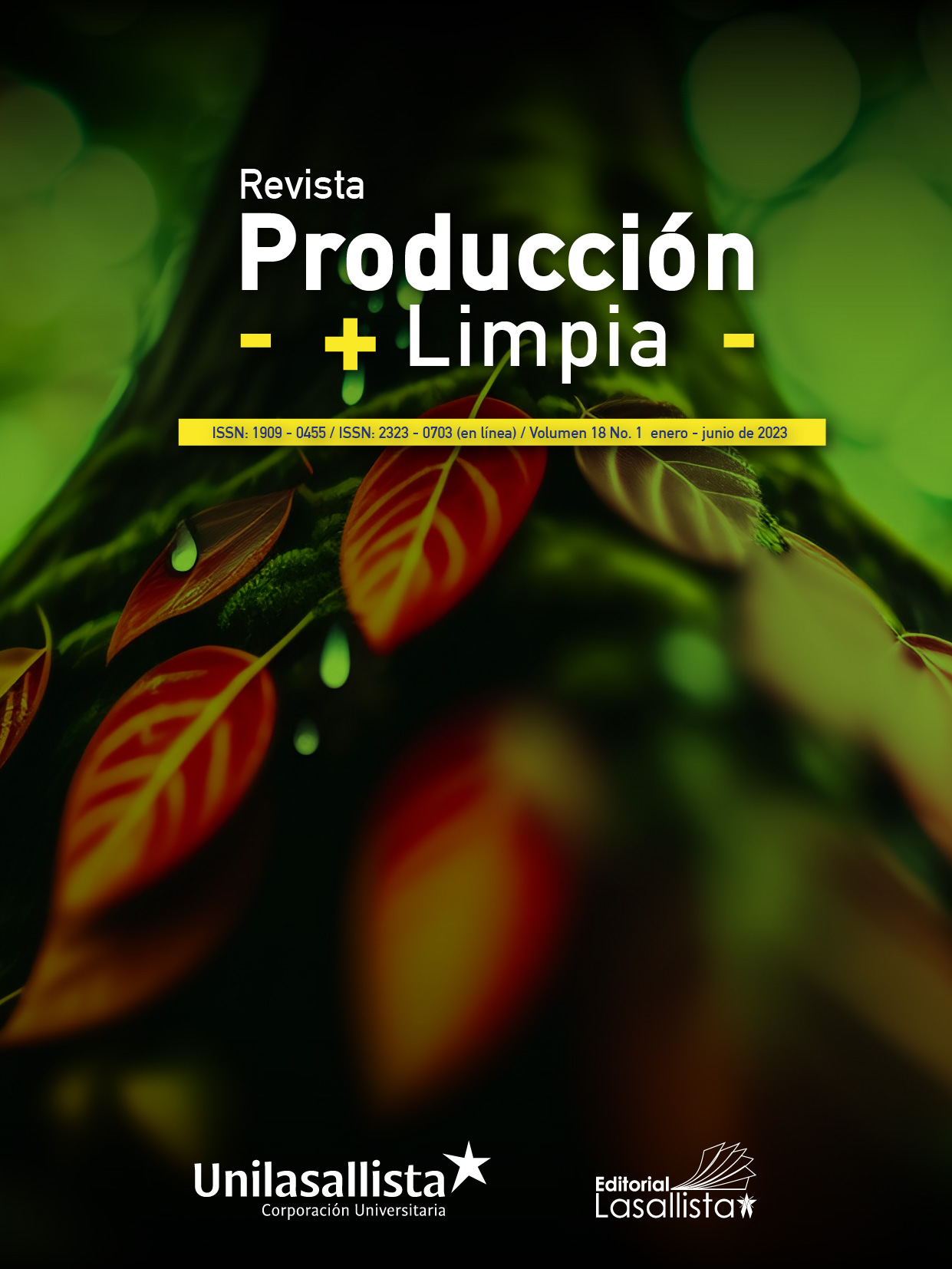State-of-the-art review on WWTPs in Antioquia: levels, technologies, flaws and operational setbacks
Palabras clave:
technologies, WWTPs, guide, flaws, operational
Resumen
The number of wastewater treatment plants (WWTPs) in Antioquia (Colombia) increased 74 % over the last nine years. This increase brought to light we need for a unified guide to prevent flaws in the future WWTPs. Therefore we set out to design a guide to meet this new need. To achieve this design we had four main stages. First, we chose the 89 WWTPs from previous experience that we had in the operational stage. Second, we classified these WWTPs into levels and technologies. Third, we described various flaws in these WWTPs. Fourth, we designed aguide with these WWTPs technologies mostlyused in Antioquia. Here we described that these WWTPs mostly used a combination of various levels and technologies. These levels were pre-treatment, primary treatment, secondary treatment and sludge treatment. These technologies were primary sedimentation basins (with inclined plates), UASB reactors, anaerobic packed-bed reactors, anaerobic sludge digesters and conventional sands beds. These WWTPs mostly served a population of less than 30.000. And these WWTPs hadvarious flaws and operational setbacks. These flaws were the inappropriate localization of these WWTPs, low retention times in these anaerobic packed-bed reactors and the lack of proper size in these conventional sands beds. These setbacks were the unequal distribution of influent and effluent collection in these UASB reactors and anaerobic reactors. We suggest that we could use this guide in 2different ways. First, to prevent these flaws in the future WWTPs. Second, to improve the training guides for operators in charge of these WWTPs, which makes the operations more efficient.Descargas
La descarga de datos todavía no está disponible.
Publicado
2023-07-12
Sección
Artículos
Derechos de autor 2023 Producción + Limpia

Esta obra está bajo licencia internacional Creative Commons Reconocimiento-NoComercial-SinObrasDerivadas 4.0.









